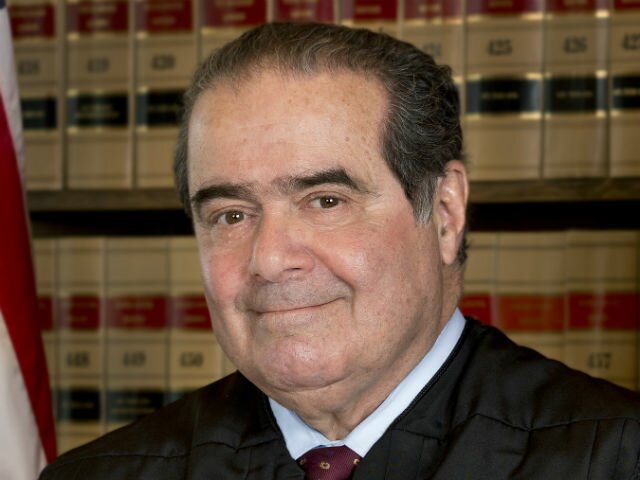Court rulings on Trump travel ban endanger state rules used to block school choice
Liberal politicos celebrating court decisions voiding President Trump’s travel orders seem not to have noticed something: Those decisions pose a direct threat to the state constitutional language they rely on to block school choice programs.
This danger is not merely theoretical: The state constitutional language they rely on will come under Supreme Court scrutiny later this year.
The state constitutional provisions at risk are called “Blaine clauses” or, less accurately, “Blaine amendments.” They ban state aid to schools and other institutions deemed “sectarian” or “denominational.” Liberal lawyers, judges, and pressure groups have long argued that Blaine clauses ban school choice programs that include religious schools.
But if Trump’s travel orders violate the U.S. Constitution, then Blaine clauses probably do as well. Indeed, the case against the Blaine clauses is stronger in some ways than the case against the travel orders.
Blaine clauses are named for the prominent 19th century federal politician James G. Blaine. During Blaine’s political career, many Americans disliked new Catholic immigrants and their religion. Many states forced immigrant children into public schools imbued with Protestant theology. The idea was to wedge them into a non-denominational Protestant mold.
Catholics naturally asked for public assistance in funding their own schools. Blaine, whose mother was Catholic, seems not to have been prejudiced himself. However, his ambition led him to cater to prejudiced voters. In 1875, while serving as speaker of the U.S. House of Representatives, he proposed an amendment to the U.S. Constitution to permanently block “sectarian” (i.e., Catholic) institutions from enjoying equal treatment.
Blaine’s amendment failed to pass, but Protestant majorities wrote similar clauses into most state constitutions.
The word “sectarian” was carefully chosen. Some modern lawyers and courts think it meant merely “religious,” but they are mistaken. After all, the public schools receiving state aid were religious (Protestant).
The dictionaries of the time show that “sectarian” carried negative meanings of dissent, bigotry, and heresy. These were terms by which many Protestants described Catholics.
In his new study, Blaine’s Shadow, Ross Izard, an educational analyst at Denver’s Independence Institute, shows the direct connection between the Colorado constitution’s Blaine clause and religious and ethnic prejudice. He points out, for example, that Colorado’s Catholic population consisted largely of unpopular Mexican-Americans. He quotes from anti-Catholic newspaper editorials. And he observes that the state constitutional convention itself met in the lodge of a secret society that refused to admit Catholics!
Is this sort of evidence useful for determining whether a rule violates the First Amendment? The court decisions voiding Trump’s travel orders hold that it is. Those rulings rely on allegedly-anti-Muslim statements issued around the same time the orders were issued. The evidence of anti-Catholic bias surrounding Blaine provisions is far more extensive and unequivocal.
Moreover, courts traditionally don’t defer to alleged state violations of the First Amendment nearly as much as they defer to federal foreign affairs and immigration policies.
Liberal defenders of the Blaine clauses sometimes note that evidence of anti-Catholic bias does not exist in all the states that adopted them. This is true. For example, although Montana’s Blaine clause originated in that state’s 1889 constitution, its current version dates only to 1972—when anti-Catholic bias was presumably less.
But Blaine clauses can be used as weapons to attack any unpopular religious denomination. All state courts need do is brand a disfavored denomination as “sectarian,” and —presto!—the state constitution thrusts them into a position of inequality. Even under proper modern usage, a non-denominational Protestant school is “non-sectarian,” while a Catholic, Mormon, or Orthodox Jewish denominational school is “sectarian.”
The First Amendment’s Establishment Clause does not permit government to play favorites in that manner. It does not permit the government to make judgments about which religions are acceptably “non-denominational” (good!), and which are “sectarian” (bad!).
Suppose a state constitution contained a clause that read, “Freedom of speech is guaranteed, except for any speech judges find to be contrary to the public good.”
Would such a clause survive review under the First Amendment to the U.S. Constitution? No it would not.
By the same reasoning, neither should Blaine clauses.
This article first appeared in The Hill.
